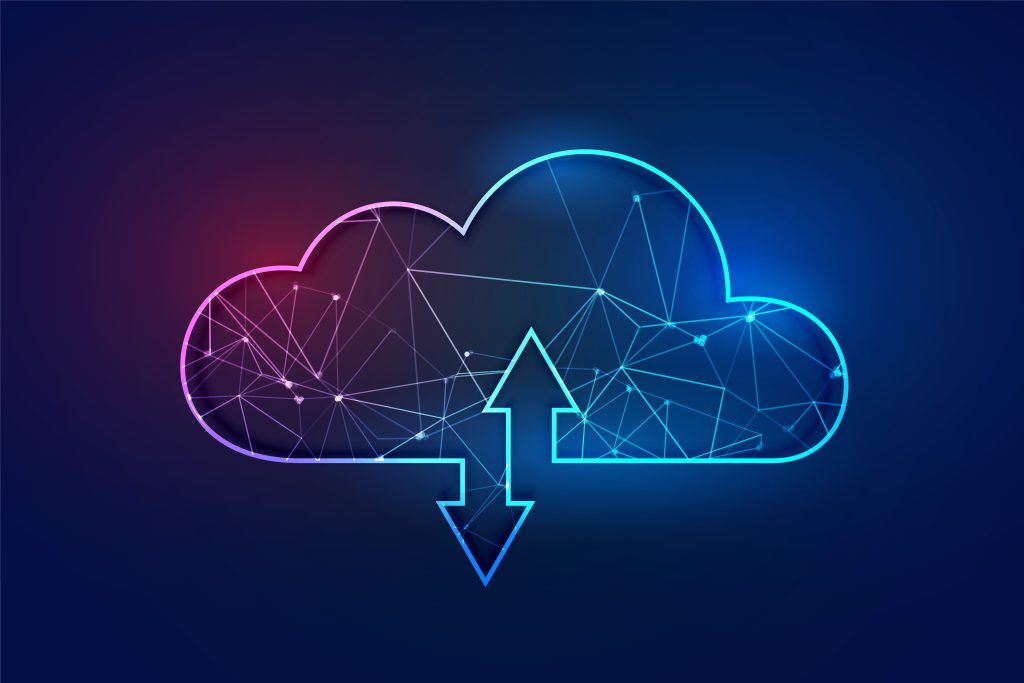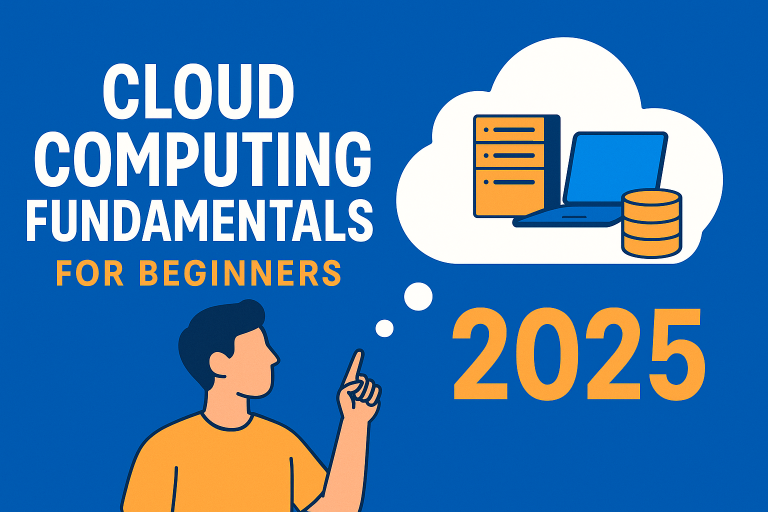7 Powerful Benefits of Cloud Computing Explained Simply
☁️ What Are the Benefits of Cloud Computing?
The benefits of cloud computing are everywhere — but what does that really mean for you? Whether you’re running a business or exploring a tech career, understanding cloud benefits can help you make smarter decisions. In this post, we’ll break it down simply so you can see exactly how cloud works and why it’s the new normal for everything from email to enterprise apps.

🚀 Flexibility and Scalability: Grow on Your Terms
Cloud computing lets you scale your resources up or down based on your needs — without buying more hardware.
How It Works
- Need more storage? Add it instantly.
- Traffic spike on your website? Cloud automatically scales.
- Seasonal business? Only pay for what you use.
Whether you’re a solo entrepreneur or managing a tech team, this flexibility lets you pivot fast and avoid overpaying.
💡 Related post: How Cloud Elasticity Helps Apps Scale Automatically
💸 Cost Savings: No More Paying for What You Don’t Use
With traditional IT, you have to buy and maintain servers — whether you use them or not. Cloud computing flips this model.
Why It Saves Money
- No up-front hardware costs
- Only pay for actual usage
- Maintenance is the cloud provider’s responsibility
This is why many small businesses and startups turn to cloud first. It’s lean, efficient, and keeps overhead low.
📊 External Link: Gartner: Public Cloud Spending to Reach $600B in 2025
🔒 Enhanced Security: Enterprise-Grade Protection
You might think cloud = risk, but most providers offer stronger security than small teams could build in-house.
What’s Included?
- Data encryption (in transit and at rest)
- Identity access management
- Continuous monitoring and backups
Services like Google Cloud and AWS also go through regular audits and compliance checks.
🌍 Accessibility: Work from Anywhere
One of the best cloud benefits? Access your tools and files from anywhere with an internet connection.
Use Cases
- Remote teams using tools like Google Workspace or Microsoft 365
- Field workers accessing data on mobile devices
- Students learning tech via browser-based labs
This has become a must-have for modern workflows.
⚙️ Automatic Updates: Less Maintenance, More Focus
When you use cloud-based tools, updates happen automatically — no patches or downtime on your end.
Why This Matters
- Stay secure with the latest versions
- Save time on IT maintenance
- Focus on your core work
This also applies to backend infrastructure like Compute Engine or Cloud Functions, where updates are handled by the provider.
💡 Innovation Ready: AI, Big Data, and More
Cloud platforms are the gateway to modern tech: AI, machine learning, data analytics, and more.
What You Can Build
- Chatbots powered by cloud AI tools
- Dashboards with real-time analytics
- Automation scripts with serverless functions
Even if you’re just starting out, platforms like Google Cloud or Azure make it easier than ever to experiment.
🔁 Disaster Recovery and Backup: Peace of Mind
Losing data can ruin a business. Cloud providers offer built-in backup and disaster recovery options.
Key Features
- Geo-redundant storage
- Snapshot backups
- Automated restore capabilities
This makes cloud a smart move for business continuity and resilience planning.
🧠 Conclusion: Why Cloud Computing Is the Smart Choice
The benefits of cloud computing go far beyond buzzwords. From saving money to enabling innovation, cloud solutions are helping individuals and businesses work smarter, scale faster, and stay secure. If you’re in tech or running a business, now’s the time to explore what the cloud can do for you.
👉 Want to see cloud in action? Check out our beginner’s guide to cloud elasticity
FAQ
Q1: What is cloud computing?
A1: Cloud computing is the delivery of computing services — like storage, processing, and software — over the internet. You pay for what you use instead of owning and maintaining physical servers.
Q2: How do beginners get started with cloud computing?
A2: Start by using free-tier accounts from providers like AWS, Google Cloud, or Azure. Try tutorials that walk you through building your first cloud app or hosting a website.
Q3: Is cloud computing hard to learn?
A3: Not if you start simple. With hands-on practice and beginner courses, anyone can learn the basics. Focus on one provider and one project to stay focused.
Q4: What tools support cloud computing?
A4: Google Cloud (for AI, data, and hosting), AWS (broadest cloud offerings), and Microsoft Azure (great for enterprise). Tools like Terraform and Kubernetes also help manage cloud environments.
Q5: Cloud computing vs traditional IT — what’s better?
A5: Cloud computing is more flexible, cost-effective, and scalable. Traditional IT may work for stable environments but is more expensive and less adaptable for growth.
🚀 Want a Clear Plan to Start Your Cloud + AI Career?
Download the free Cloud Career Blueprint — a step-by-step guide to help you learn the right skills, avoid overwhelm, and start building a high-value career in tech.
👉 Just enter your email below and I’ll send it straight to your inbox.







